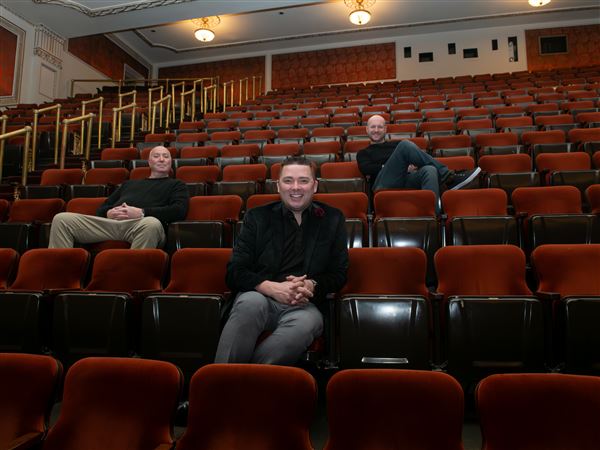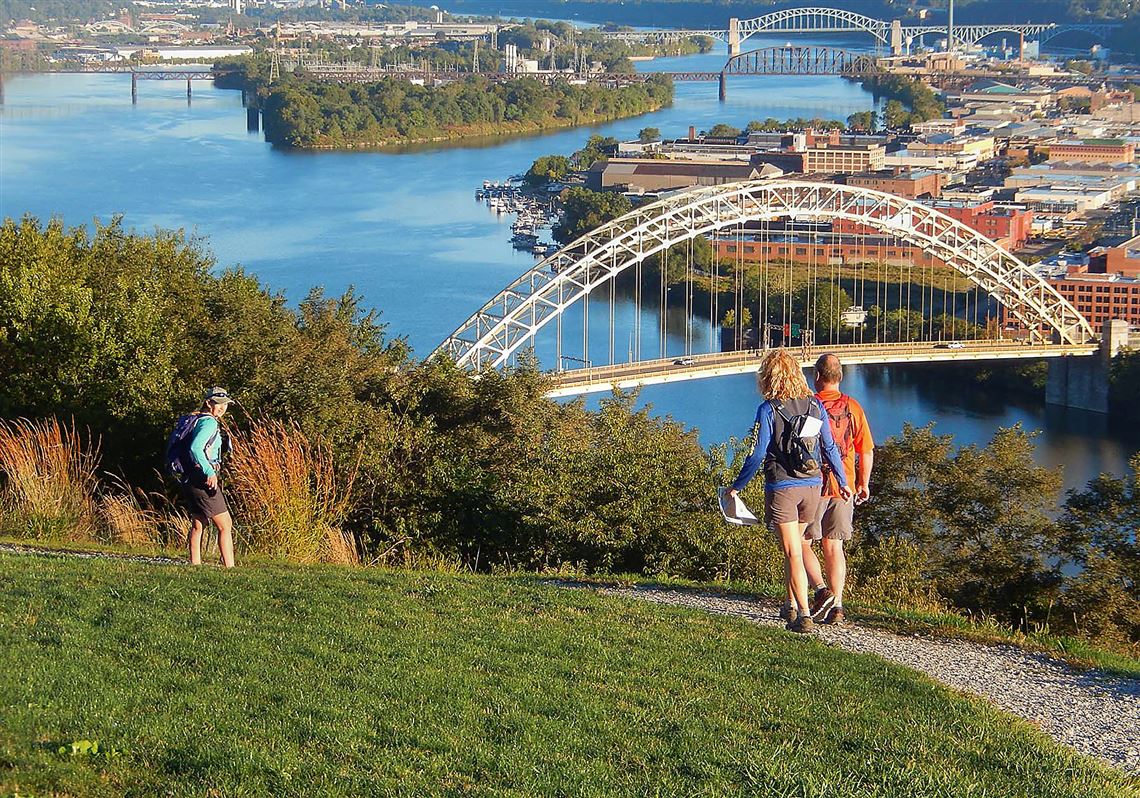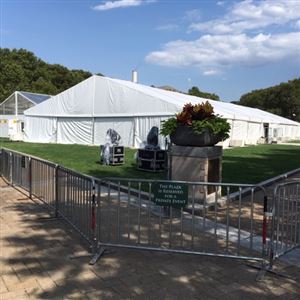The Pittsburgh Parks Conservancy is barking up the wrong tree with a ballot initiative asking Pittsburgh voters to approve a real-estate tax hike exclusively for park projects.
But the group deserves credit for shining light on an important issue: The city needs to take better care of its trees, and that includes those lining the streets.
At various times over the years, the city has had to pay damages to motorists whose cars were damaged when limbs from city-owned trees fell on them. It has also repeatedly shelled out money to settle claims that roots from city trees damaged sidewalks, buildings and utility lines.
Poor tree maintenance is one part of the city’s wide-ranging infrastructure problem. During the years it was financially distressed and operating under state financial oversight, the city had less money to spend on paving, demolition of condemned houses, hillside maintenance and parks. The work piled up.
The conservancy gathered enough signatures to put a referendum on the November ballot asking voters whether they want to raise real estate taxes by a half mill — $50 for every $100,000 of assessed value — to generate a $10 million-a-year pool for park maintenance. The group estimates that the city’s 165 parks have a backlog of projects totaling $400 million, and that the small neighborhood parks and parklets have been especially neglected.
Voters should vote no on the ballot question because special taxes represent an end run around the city’s elected officials. It’s the responsibility of the mayor and City Council to set tax rates and decide how money is spent. That’s the power these officials regained in full when the state lifted financial oversight last year, and the city shouldn’t have to cede it again because a well-meaning group — this year, the conservancy; next year, maybe someone else — wants a steady revenue stream for pet projects.
Now that the city is out of oversight and on its feet, officials should address infrastructure backlogs in a comprehensive way. That will mean spending more money on parks but also better caring for the trees that line the streets in commercial districts and residential neighborhoods.
Residents want well-maintained parks; they’re a draw to prospective residents and employers. But people also want well-pruned, healthy-looking trees in front of their houses and businesses. No one wants to buy a house on a street where the trees are buckling the sidewalk or appear likely to collapse the next time the wind blows.
The city is lucky to have a parks conservancy. But city-owned parks and city-owned trees are primarily the city’s responsibility.
First Published: August 26, 2019, 10:00 a.m.



















